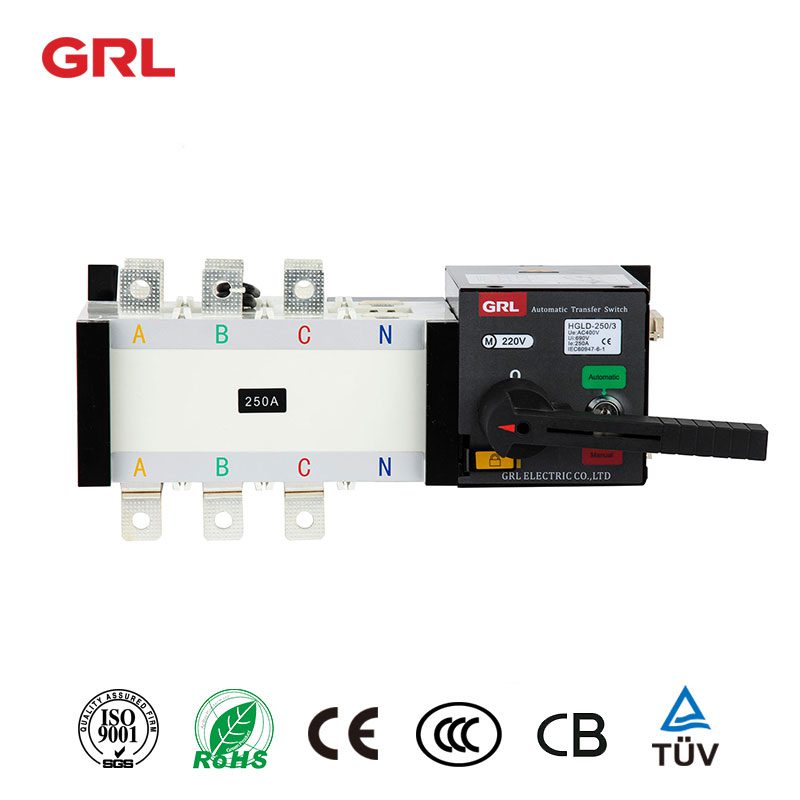Automatic Transfer Switch: Ensuring Uninterrupted Power Supply

# Automatic Transfer Switch: Ensuring Uninterrupted Power Supply
## What is an Automatic Transfer Switch?
An Automatic Transfer Switch (ATS) is a critical component in backup power systems. It automatically switches the power source from the primary supply to a secondary or backup supply when the primary source fails. This ensures uninterrupted power to connected loads, making it essential for hospitals, data centers, and other facilities where power continuity is crucial.
## How Does an Automatic Transfer Switch Work?
The ATS continuously monitors the primary power source. When it detects a failure or significant voltage drop, it automatically transfers the electrical load to the backup generator within seconds. Once the primary power is restored, the switch transfers the load back and shuts down the generator.
### Key Components of an ATS:
– Power sensing circuitry
– Control logic
– Switching mechanism
– Safety interlocks
## Types of Automatic Transfer Switches
There are several types of ATS units available:
### 1. Open Transition ATS
This type breaks contact with one power source before making contact with the other, creating a brief interruption in power.
Keyword: Automatic Transfer Switch
### 2. Closed Transition ATS
Also known as “make-before-break,” this type momentarily connects both power sources during transfer to eliminate any power interruption.
### 3. Soft Loading Transfer Switch
This advanced type gradually transfers load between sources to minimize mechanical and electrical stress.
## Benefits of Using an Automatic Transfer Switch
– Seamless power transition during outages
– Protection against power fluctuations
– Reduced downtime for critical operations
– Automatic operation requires no human intervention
– Increased safety by preventing backfeeding
## Applications of Automatic Transfer Switches
ATS units are used in various settings:
– Hospitals and healthcare facilities
– Data centers and server rooms
– Industrial manufacturing plants
– Commercial buildings
– Telecommunication facilities
– Emergency services
## Choosing the Right Automatic Transfer Switch
When selecting an ATS, consider these factors:
– Power requirements of your facility
– Transfer time specifications
– Number of poles needed
– Environmental conditions
– Compliance with local electrical codes
– Future expansion possibilities
## Maintenance and Safety Considerations
Regular maintenance is essential for reliable ATS operation:
– Perform periodic testing
– Keep contacts clean
– Check for proper mechanical operation
– Verify control logic functionality
– Ensure proper ventilation around the unit
Always have maintenance performed by qualified electricians to ensure safety and compliance with electrical codes.
## The Future of Automatic Transfer Switches
Modern ATS units are becoming more intelligent with features like:
– Remote monitoring capabilities
– Predictive maintenance alerts
– Integration with smart grid systems
– Advanced diagnostics
– Energy optimization functions
As power reliability becomes increasingly important, automatic transfer switches will continue to evolve to meet the growing demands of critical power applications.

